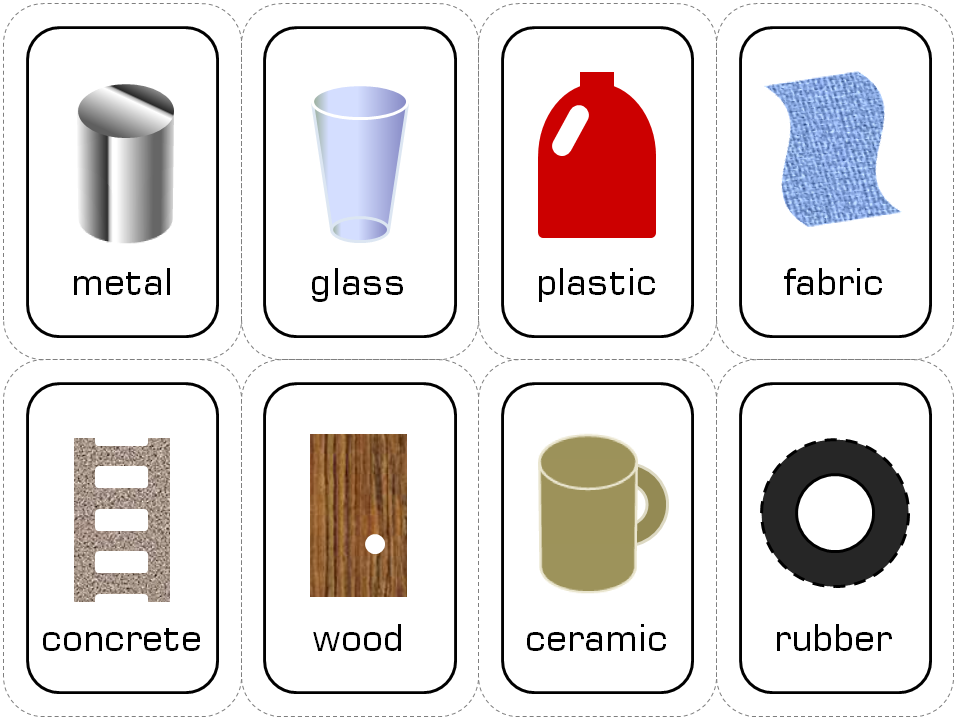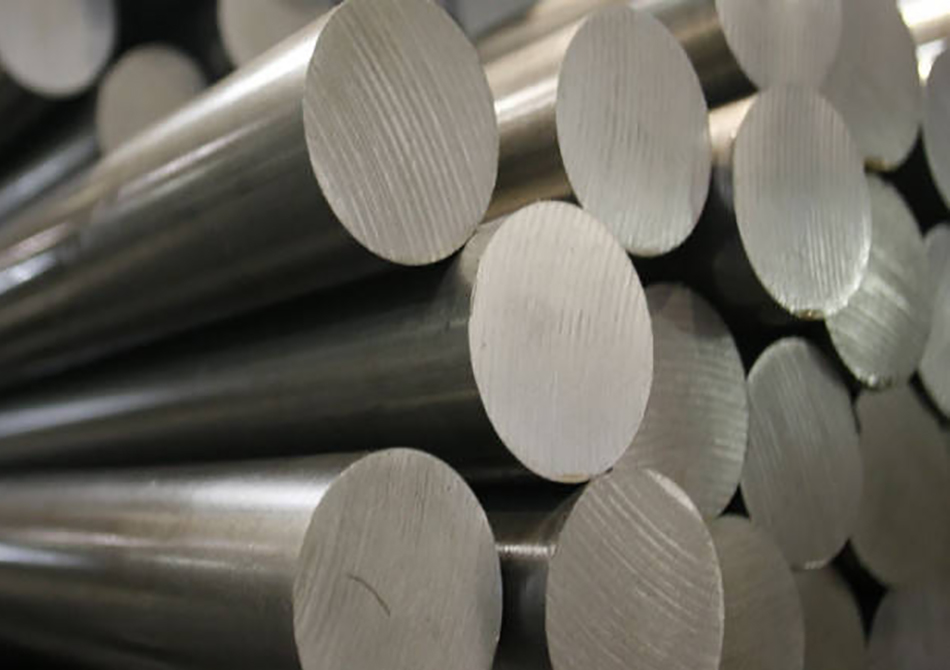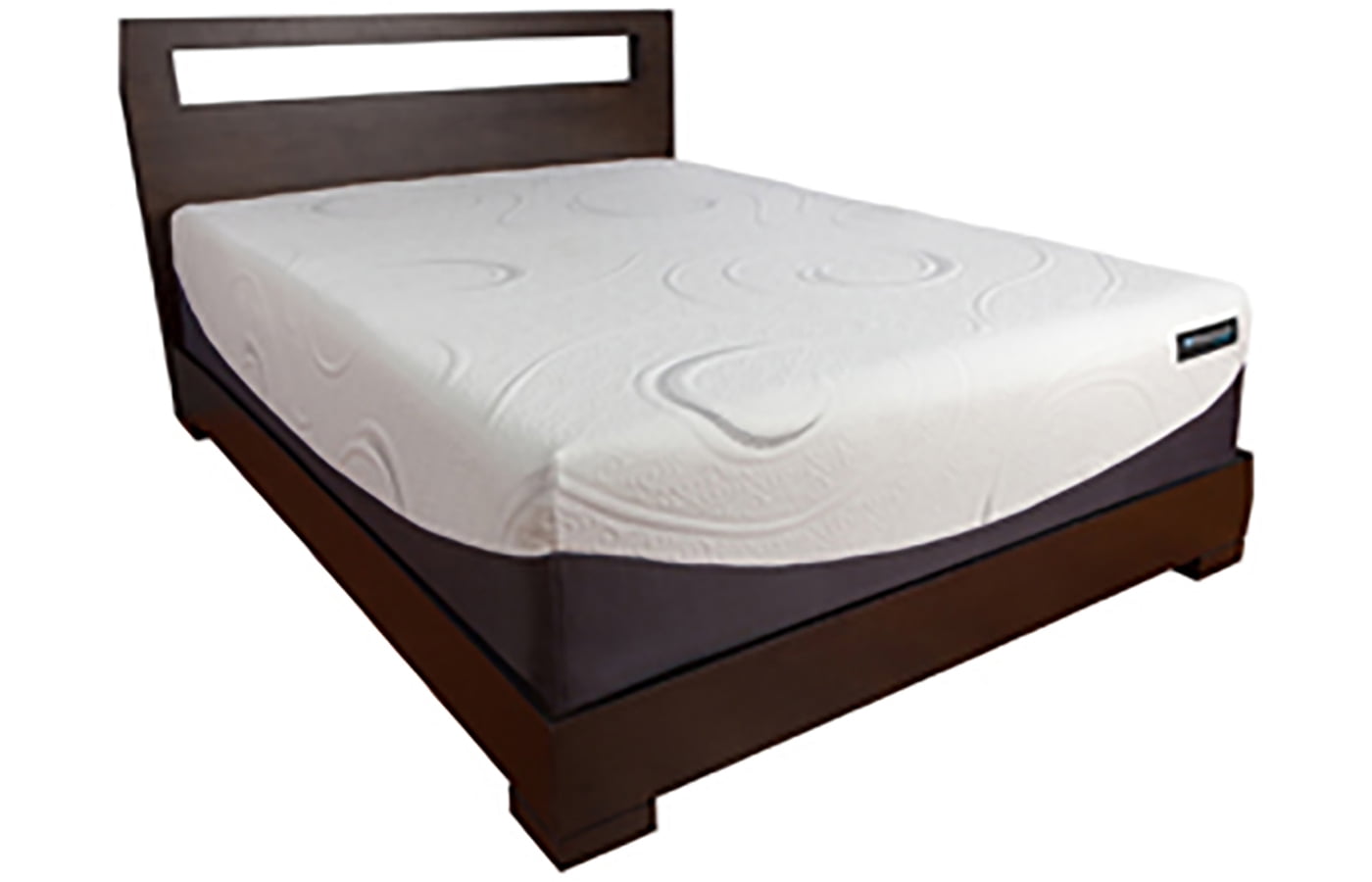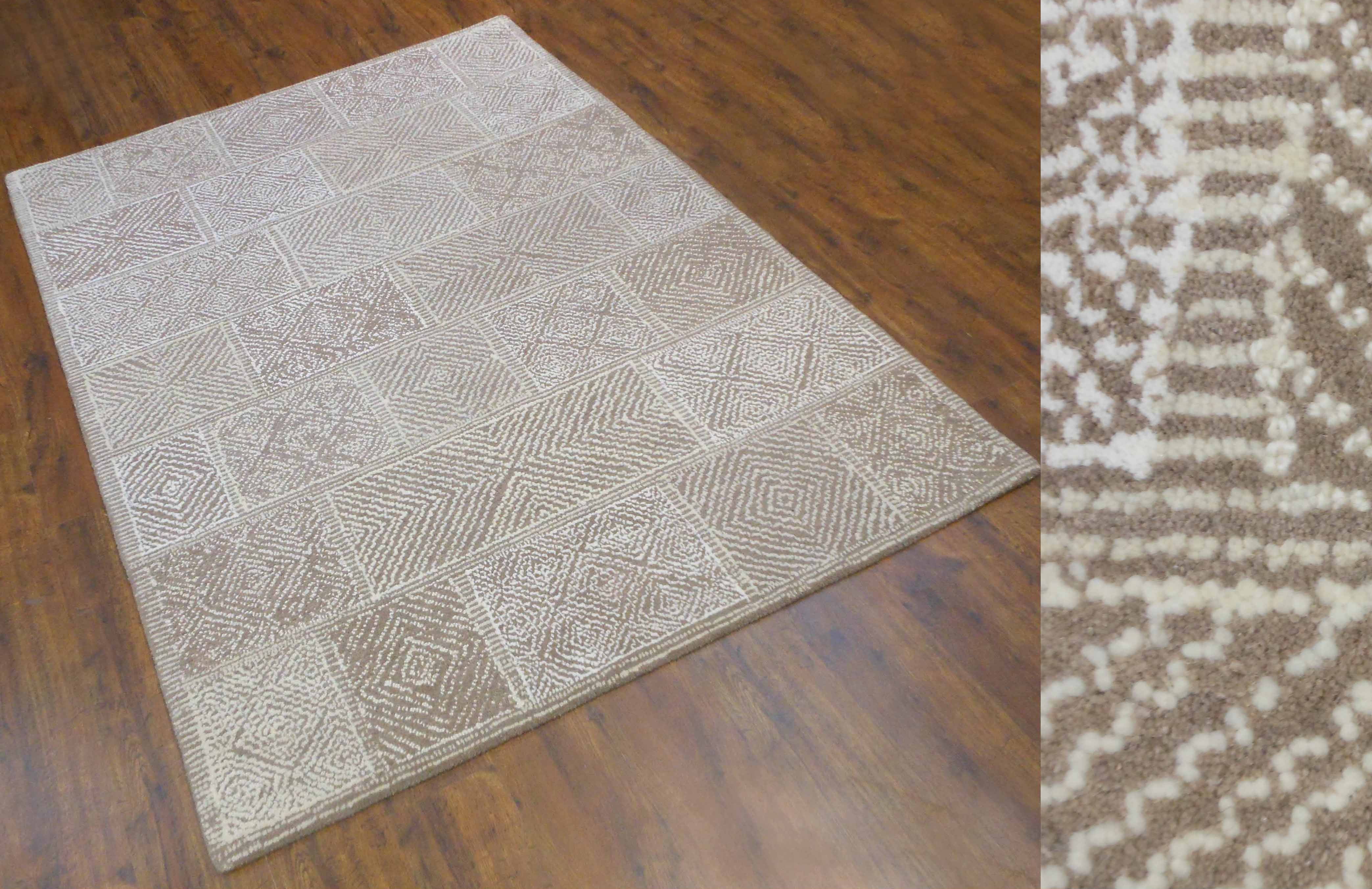Memory foam mattresses have gained immense popularity in recent years due to their unique ability to conform to the body's shape and provide superior comfort. This innovative material was first developed by NASA to improve cushioning and crash protection for pilots and passengers in the 1960s. Today, it is widely used in mattresses and has become a popular choice for many consumers.Memory Foam:
On the other hand, traditional spring mattresses have been around for a long time and are still a popular choice for many people. These mattresses use a system of metal coils to provide support and bounce. They have been the go-to option for decades, but with the rise of memory foam mattresses, many are now wondering which one is the better choice.Traditional Spring:
A mattress is an essential investment for a good night's sleep. It is the foundation of your bed and plays a crucial role in your overall comfort and support. With the variety of options available in the market, it can be overwhelming to choose the right one. One of the biggest debates is between memory foam and traditional spring mattresses.Mattress:
When it comes to comparison between memory foam and traditional spring mattresses, several factors come into play. Both types of mattresses have their own set of advantages and disadvantages, and it ultimately comes down to personal preference and needs. Let's take a closer look at how they differ in terms of benefits, comfort, support, durability, and price.Comparison:
The biggest benefit of a memory foam mattress is its ability to conform to your body's shape, providing excellent pressure relief and support. This can be especially beneficial for those with back pain or joint problems. On the other hand, traditional spring mattresses offer more bounce and are better for those who prefer a firmer surface.Benefits:
When it comes to comfort, memory foam mattresses are often the winner. The foam molds to your body, distributing weight evenly and relieving pressure points. This can result in a more comfortable and restful sleep. Traditional spring mattresses, on the other hand, can cause discomfort if the coils are not distributed evenly or if they start to sag over time.Comfort:
The support provided by a mattress is crucial for proper spinal alignment and a good night's sleep. Memory foam mattresses excel in this area, as they contour to the body and provide support to all pressure points. Traditional spring mattresses, on the other hand, may not provide adequate support to certain areas of the body, leading to discomfort and pain.Support:
When it comes to durability, memory foam mattresses have the upper hand. They are made of high-density foam and can last for up to 10 years with proper care. On the other hand, traditional spring mattresses tend to lose their shape and support much quicker and may need to be replaced every 5-7 years.Durability:
Price is often a significant factor for many when choosing a mattress. Memory foam mattresses tend to be more expensive than traditional spring mattresses, but they also tend to last longer. It is essential to consider the long-term investment and the potential benefits when making a decision based on price.Price:
The materials used in memory foam and traditional spring mattresses also differ. Memory foam mattresses are made of polyurethane foam, while traditional spring mattresses use metal coils. Both materials have their own set of advantages and disadvantages, and it ultimately comes down to personal preference.Materials:
The Benefits of Memory Foam Mattresses

Support and Comfort
 One of the main benefits of a
memory foam mattress
is its ability to contour to the shape of your body, providing customized support and
comfort
. This is due to the unique material used in memory foam, which responds to heat and pressure, allowing it to conform to your body's natural curves. This can help alleviate pressure points and reduce aches and pains, resulting in a more comfortable night's sleep.
One of the main benefits of a
memory foam mattress
is its ability to contour to the shape of your body, providing customized support and
comfort
. This is due to the unique material used in memory foam, which responds to heat and pressure, allowing it to conform to your body's natural curves. This can help alleviate pressure points and reduce aches and pains, resulting in a more comfortable night's sleep.
Durability
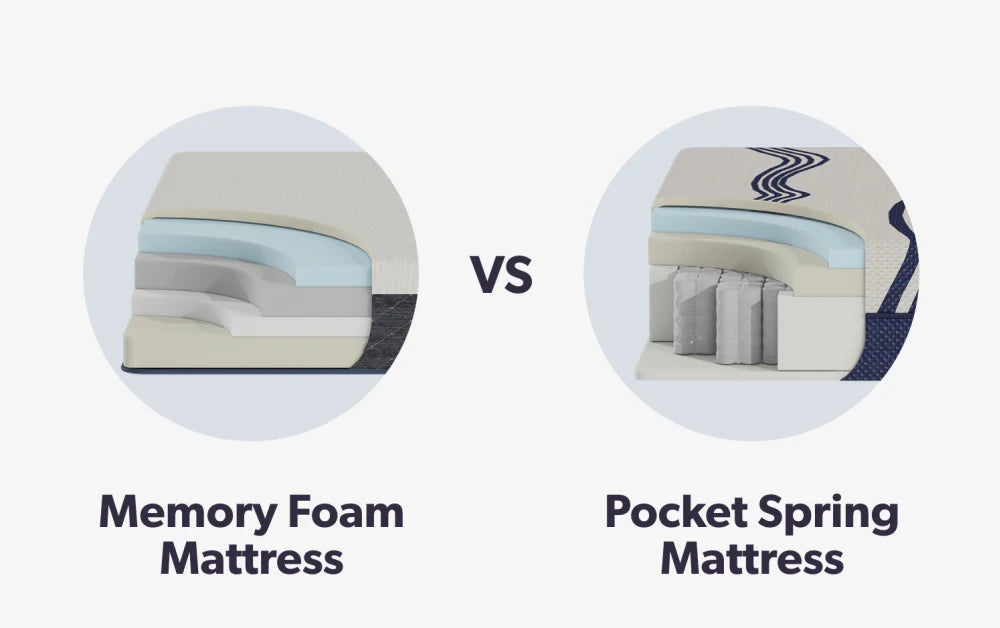 Another advantage of
memory foam mattresses
is their durability. Traditional spring mattresses can wear out over time, causing sagging and discomfort. However, memory foam mattresses are made with high-density foam that is designed to last for many years without losing its shape or support. This can save you money in the long run by not having to replace your mattress as often.
Another advantage of
memory foam mattresses
is their durability. Traditional spring mattresses can wear out over time, causing sagging and discomfort. However, memory foam mattresses are made with high-density foam that is designed to last for many years without losing its shape or support. This can save you money in the long run by not having to replace your mattress as often.
Motion Isolation
 For those who share a bed,
memory foam mattresses
offer superior motion isolation compared to traditional spring mattresses. This means that if your partner moves or gets up during the night, you are less likely to feel the movement on your side of the bed. This can lead to a more restful sleep, especially for light sleepers.
For those who share a bed,
memory foam mattresses
offer superior motion isolation compared to traditional spring mattresses. This means that if your partner moves or gets up during the night, you are less likely to feel the movement on your side of the bed. This can lead to a more restful sleep, especially for light sleepers.
Hypoallergenic
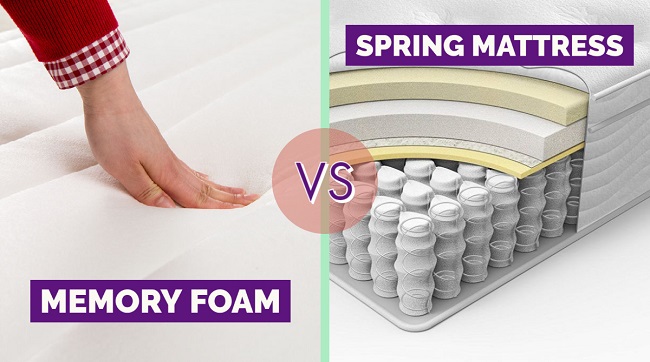 Memory foam mattresses are also
hypoallergenic
, making them a great choice for those with allergies or asthma. The dense foam material is resistant to dust mites and other allergens, creating a healthier sleep environment. Additionally, memory foam mattresses are often made with non-toxic materials, making them a safer option for those concerned about chemical exposure.
Memory foam mattresses are also
hypoallergenic
, making them a great choice for those with allergies or asthma. The dense foam material is resistant to dust mites and other allergens, creating a healthier sleep environment. Additionally, memory foam mattresses are often made with non-toxic materials, making them a safer option for those concerned about chemical exposure.
Conclusion
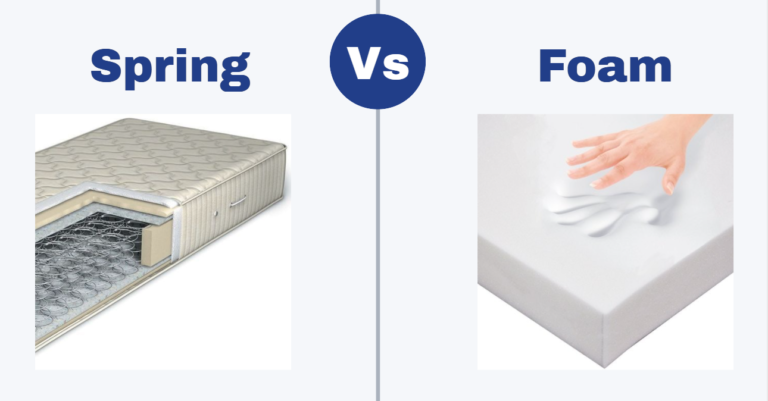 While traditional spring mattresses have been the go-to choice for many years,
memory foam mattresses
offer numerous benefits that cannot be ignored. From personalized support and comfort to durability and hypoallergenic properties, memory foam mattresses provide a superior sleep experience. Consider making the switch to a memory foam mattress for a better night's sleep and improved overall health.
While traditional spring mattresses have been the go-to choice for many years,
memory foam mattresses
offer numerous benefits that cannot be ignored. From personalized support and comfort to durability and hypoallergenic properties, memory foam mattresses provide a superior sleep experience. Consider making the switch to a memory foam mattress for a better night's sleep and improved overall health.

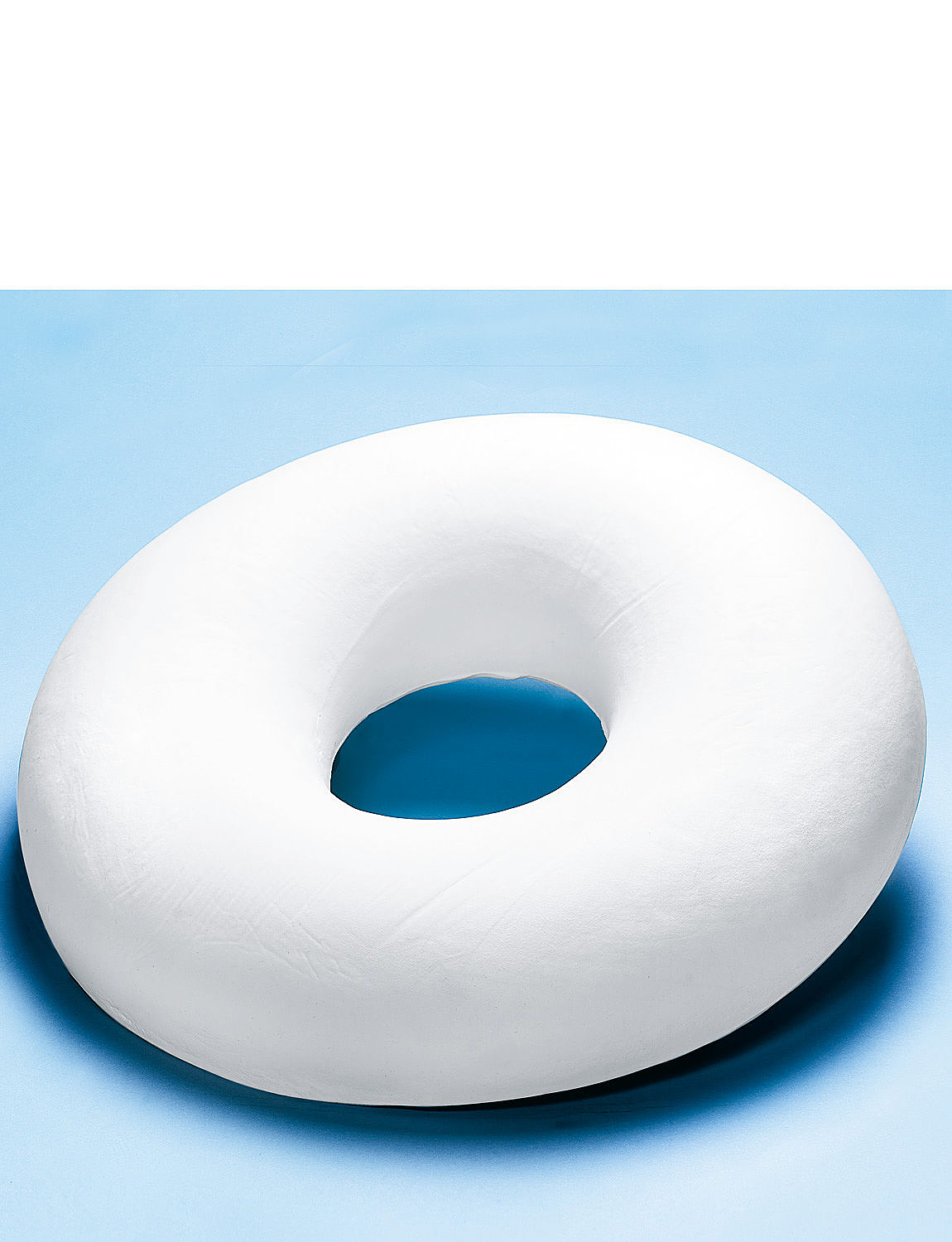




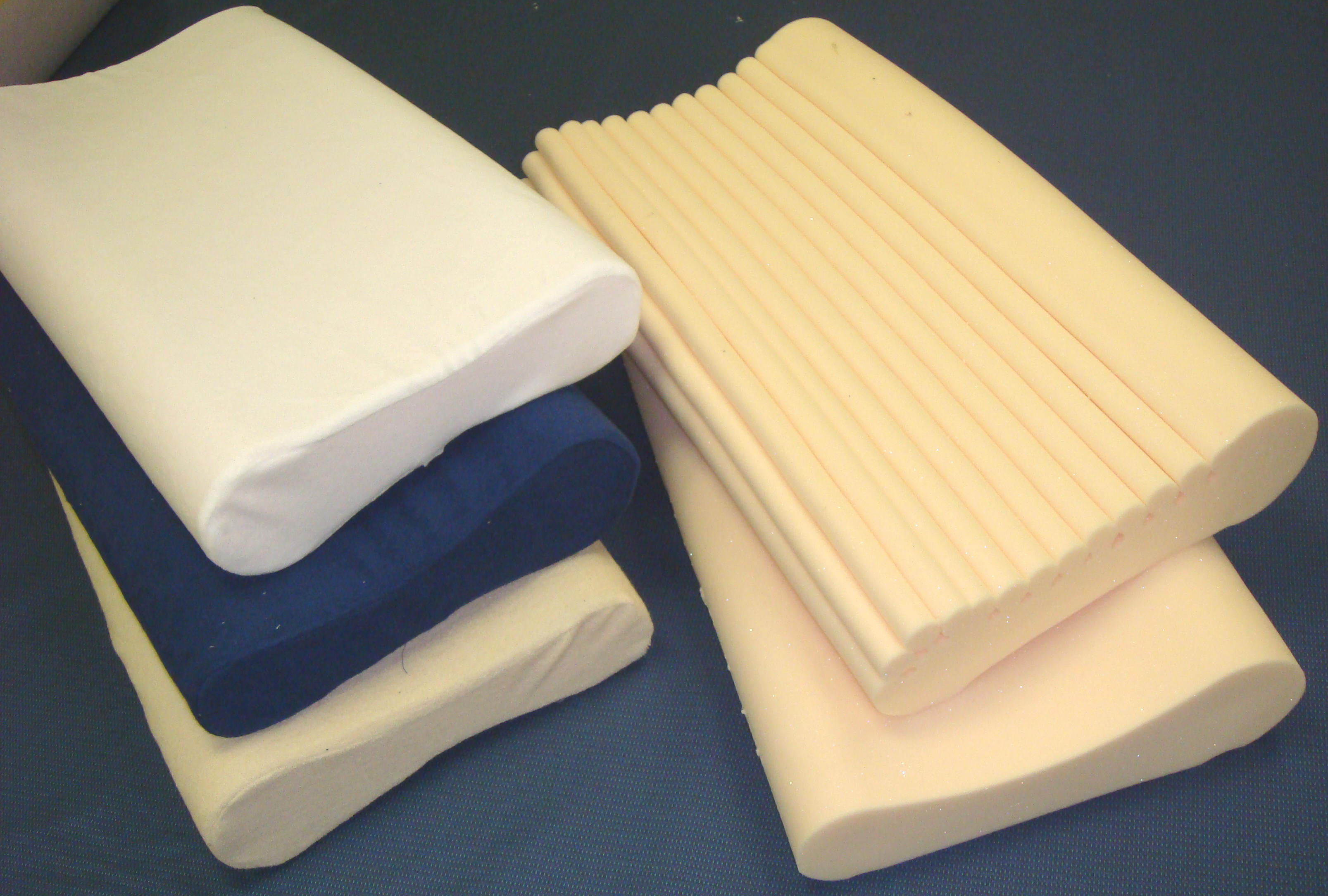
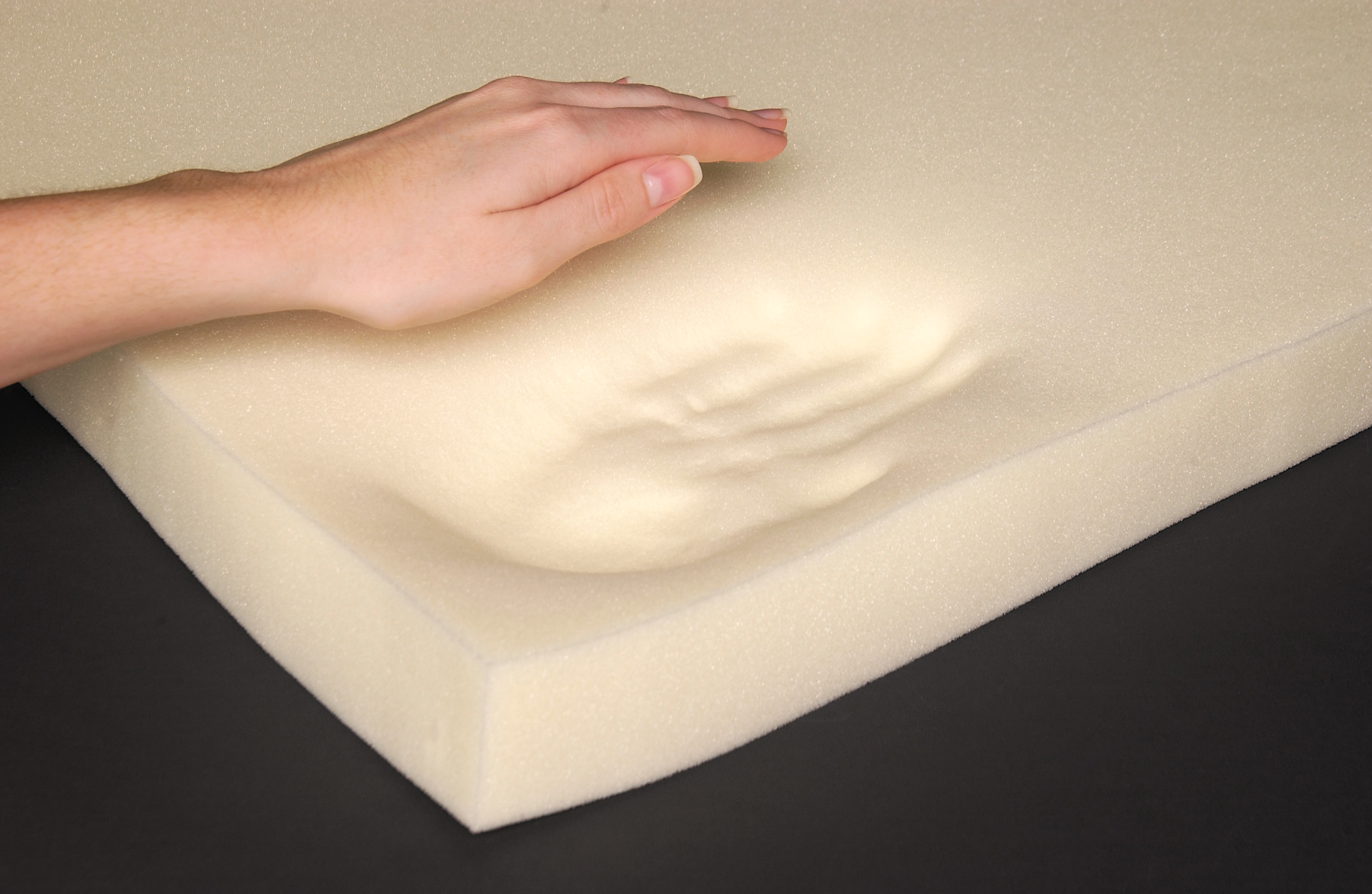
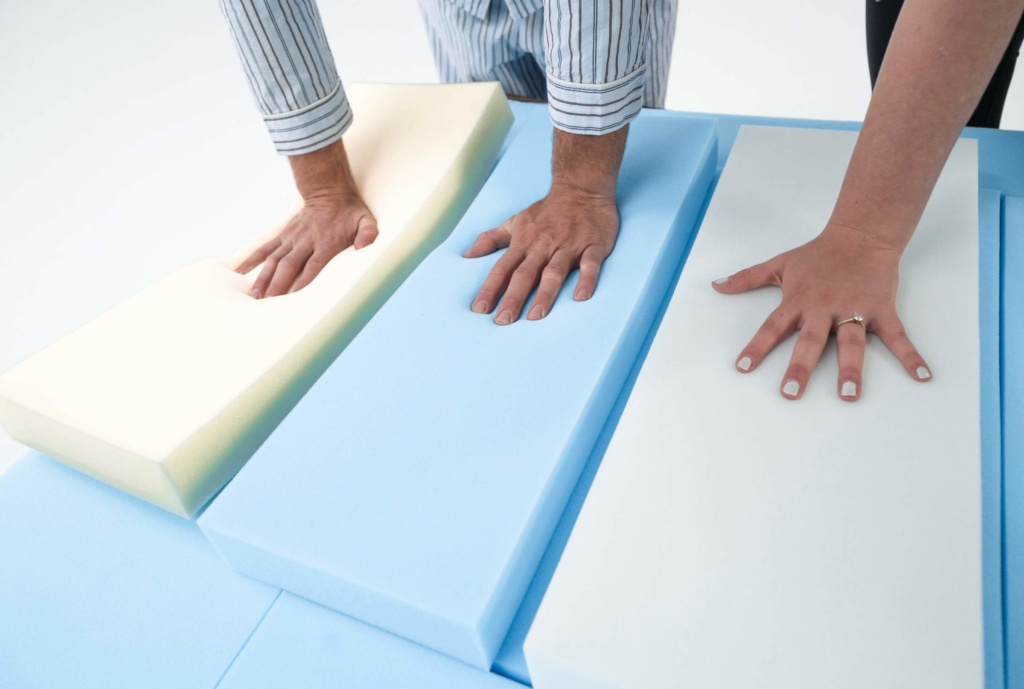
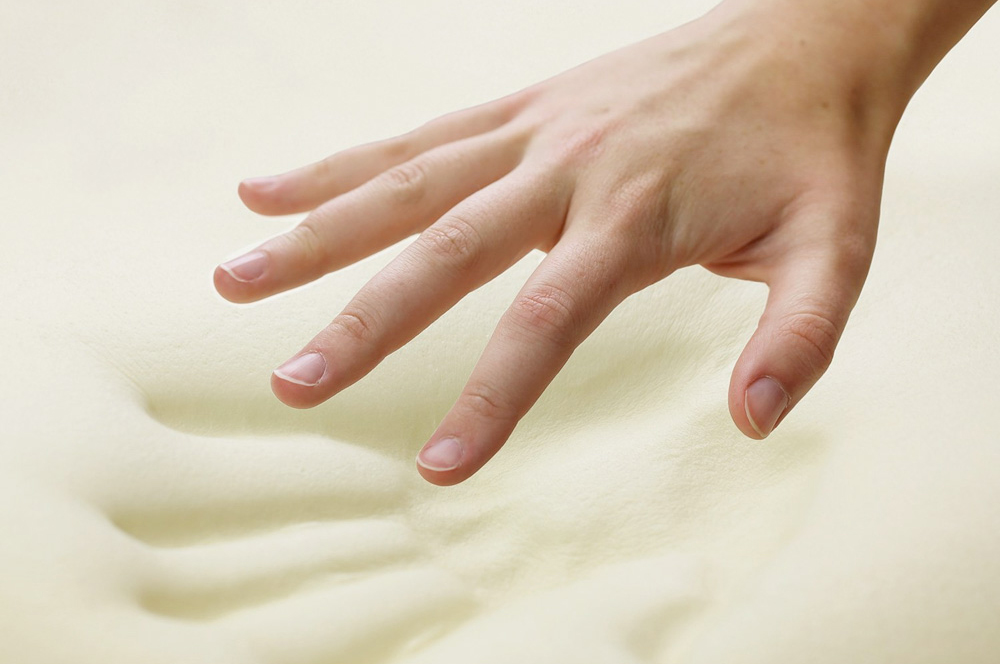


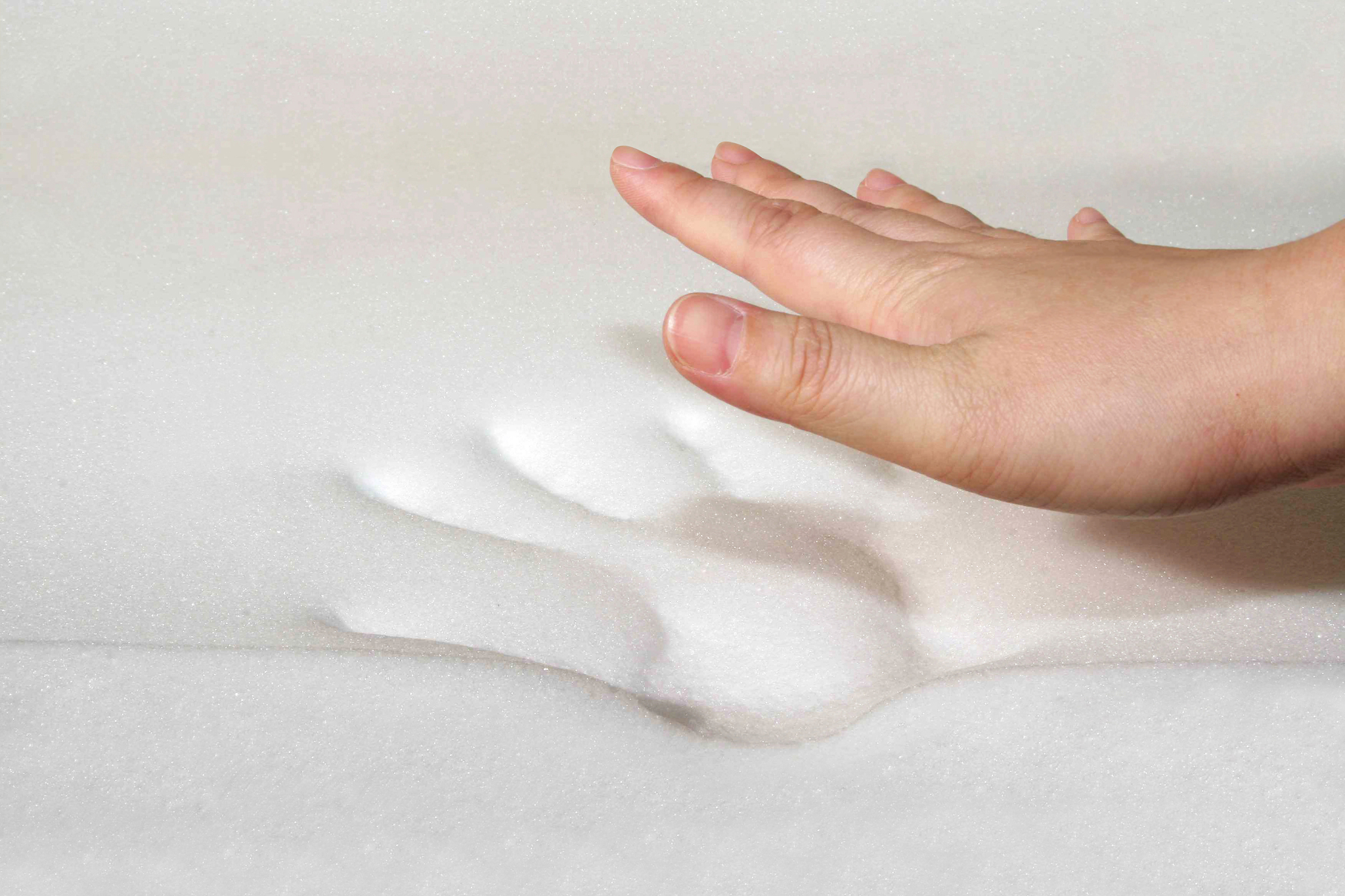

















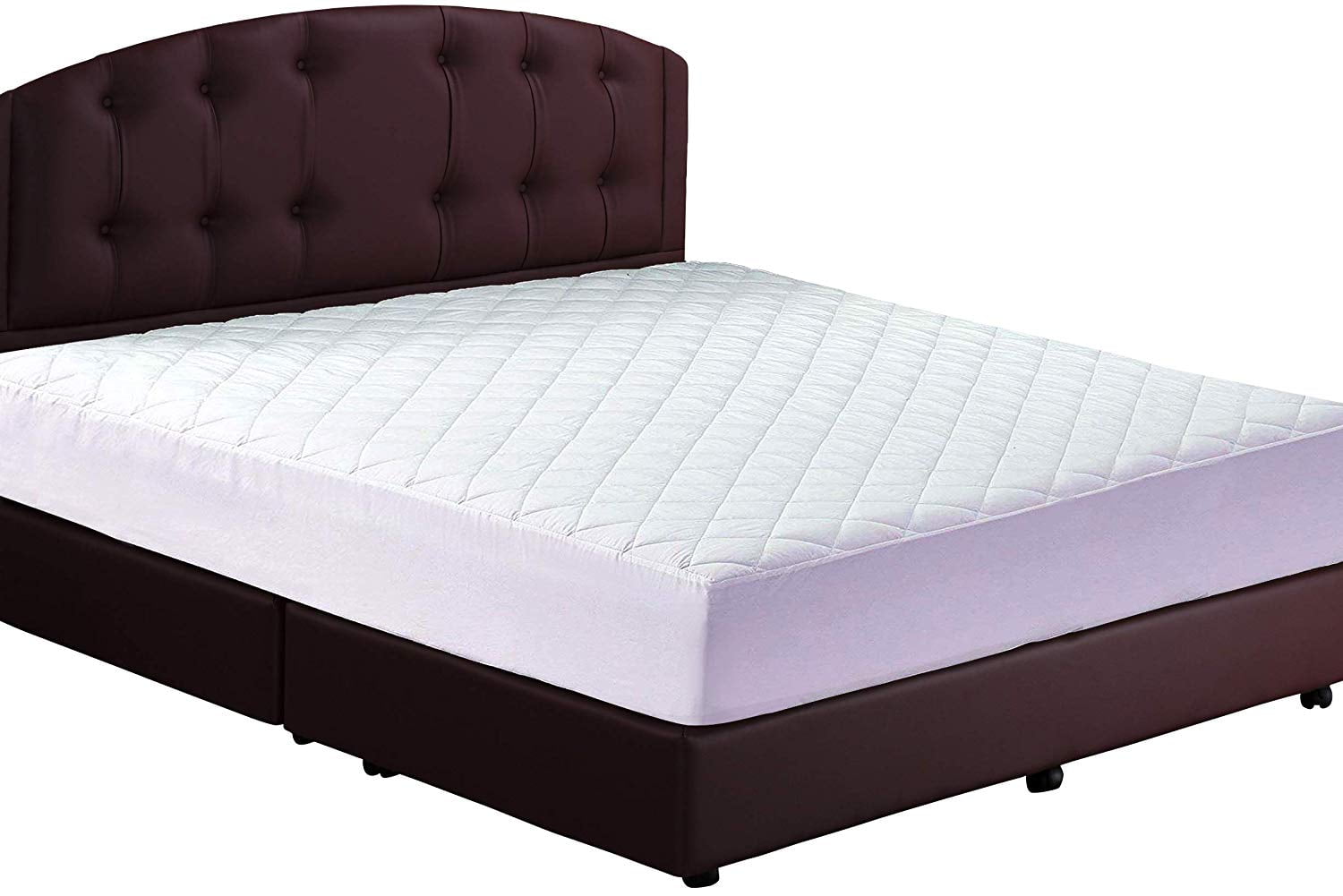
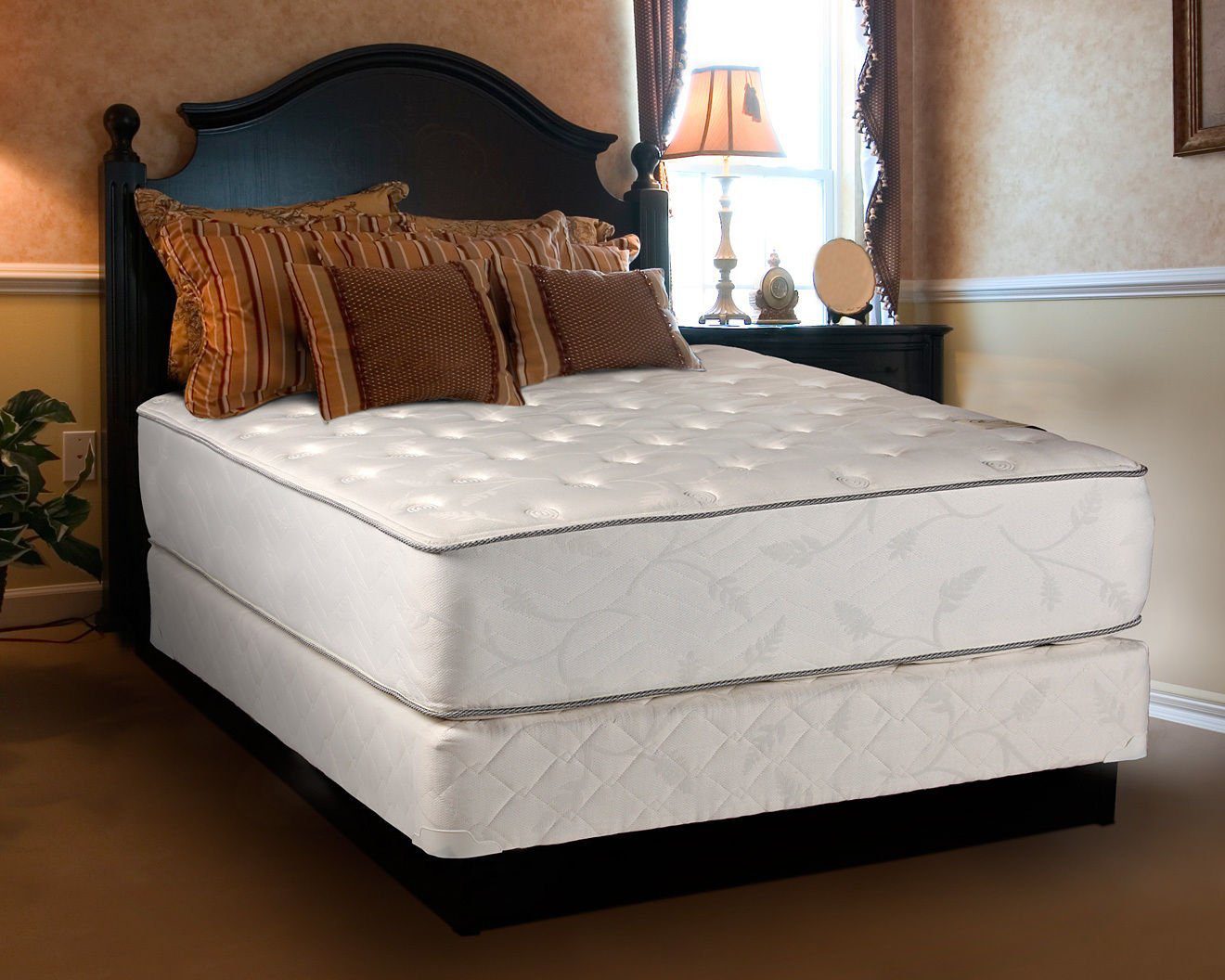
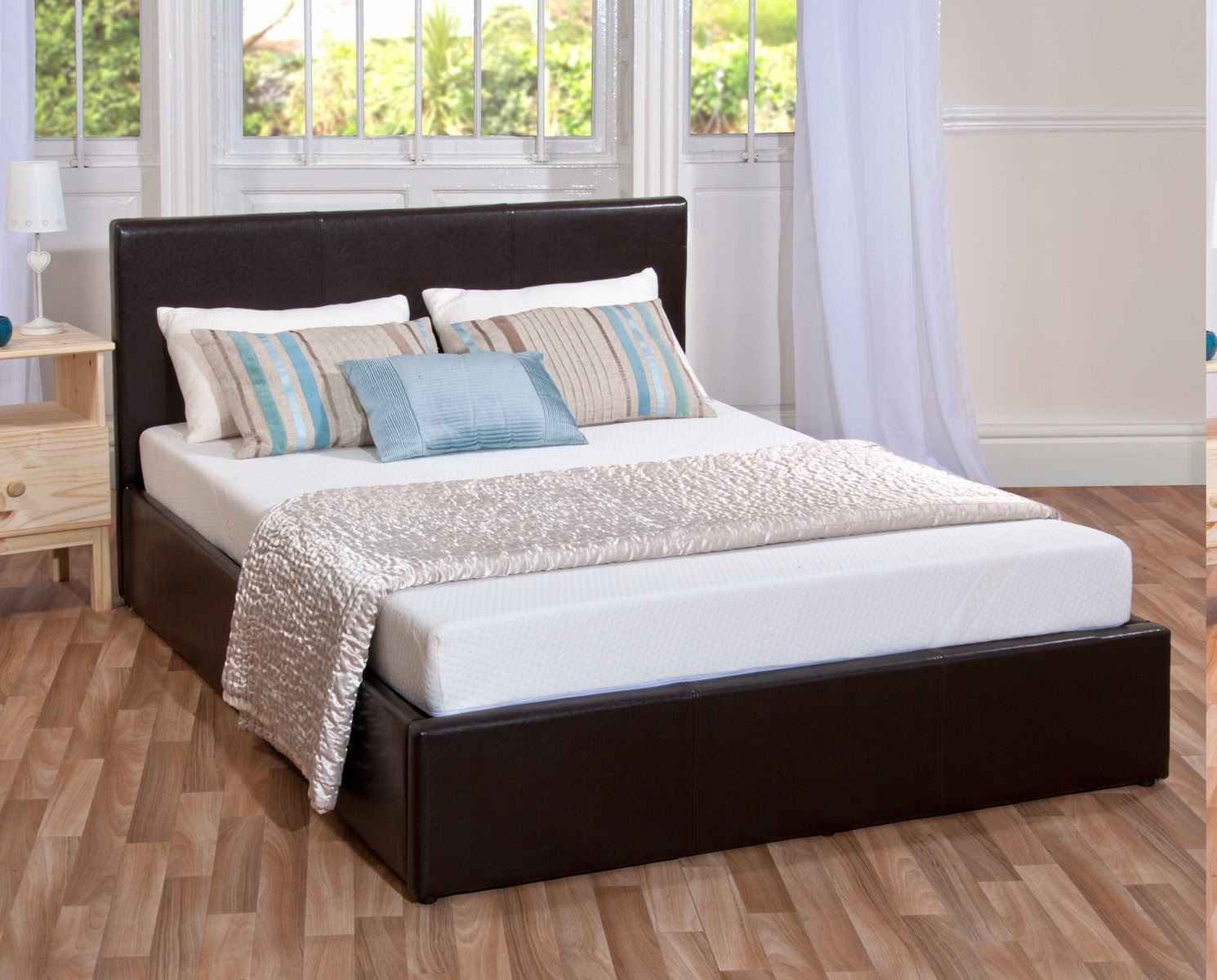


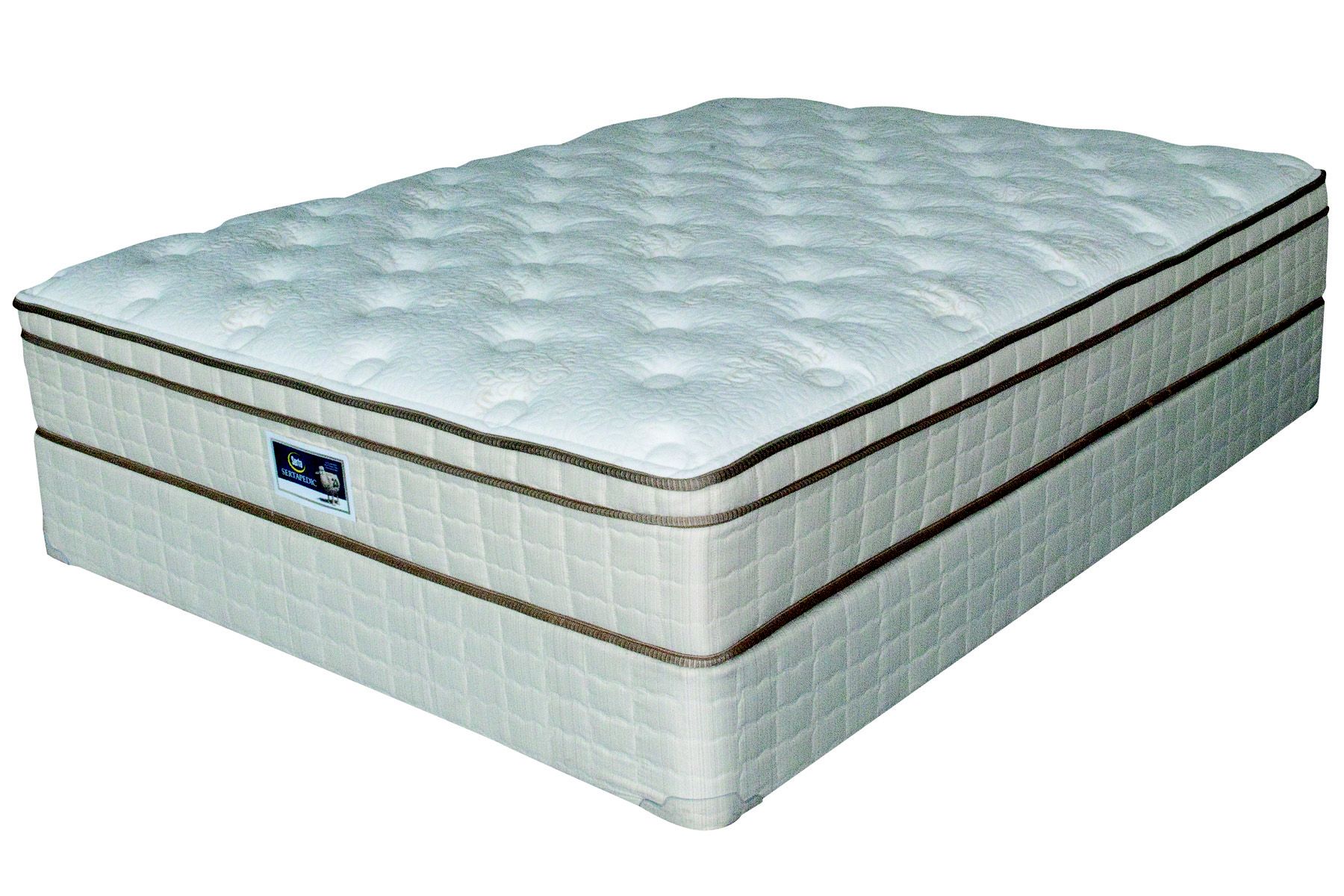
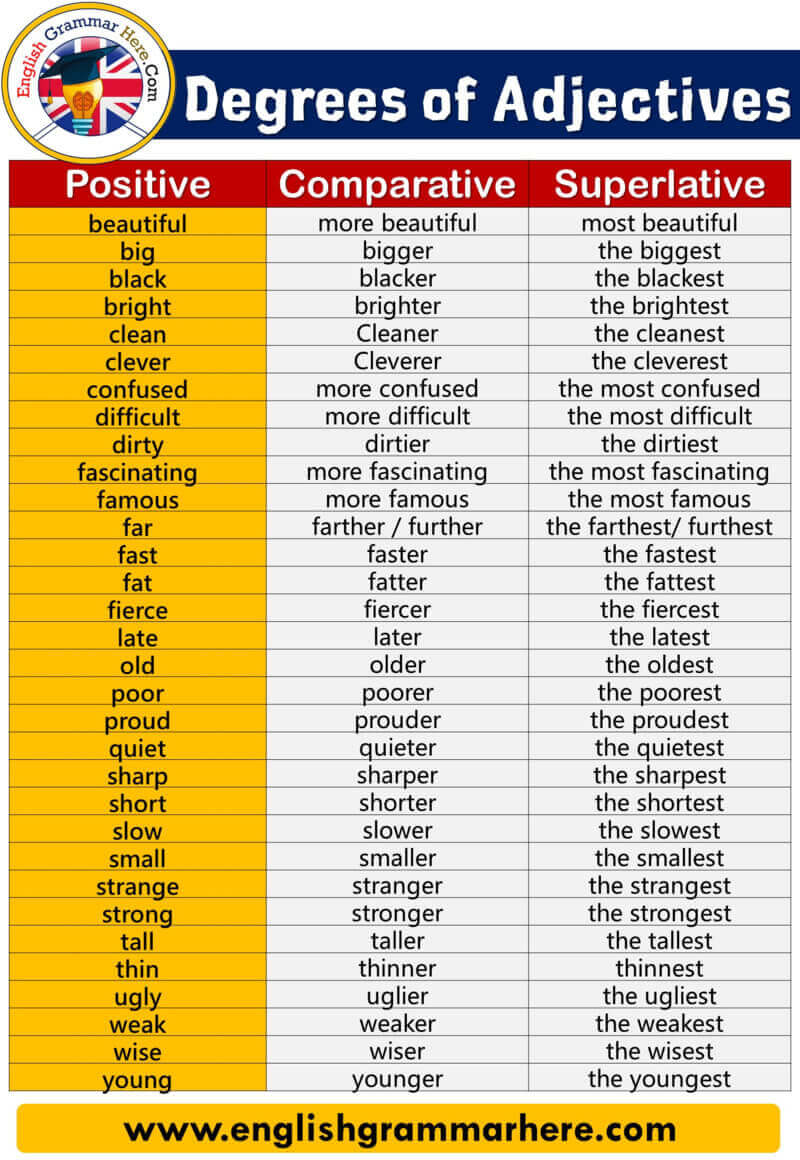
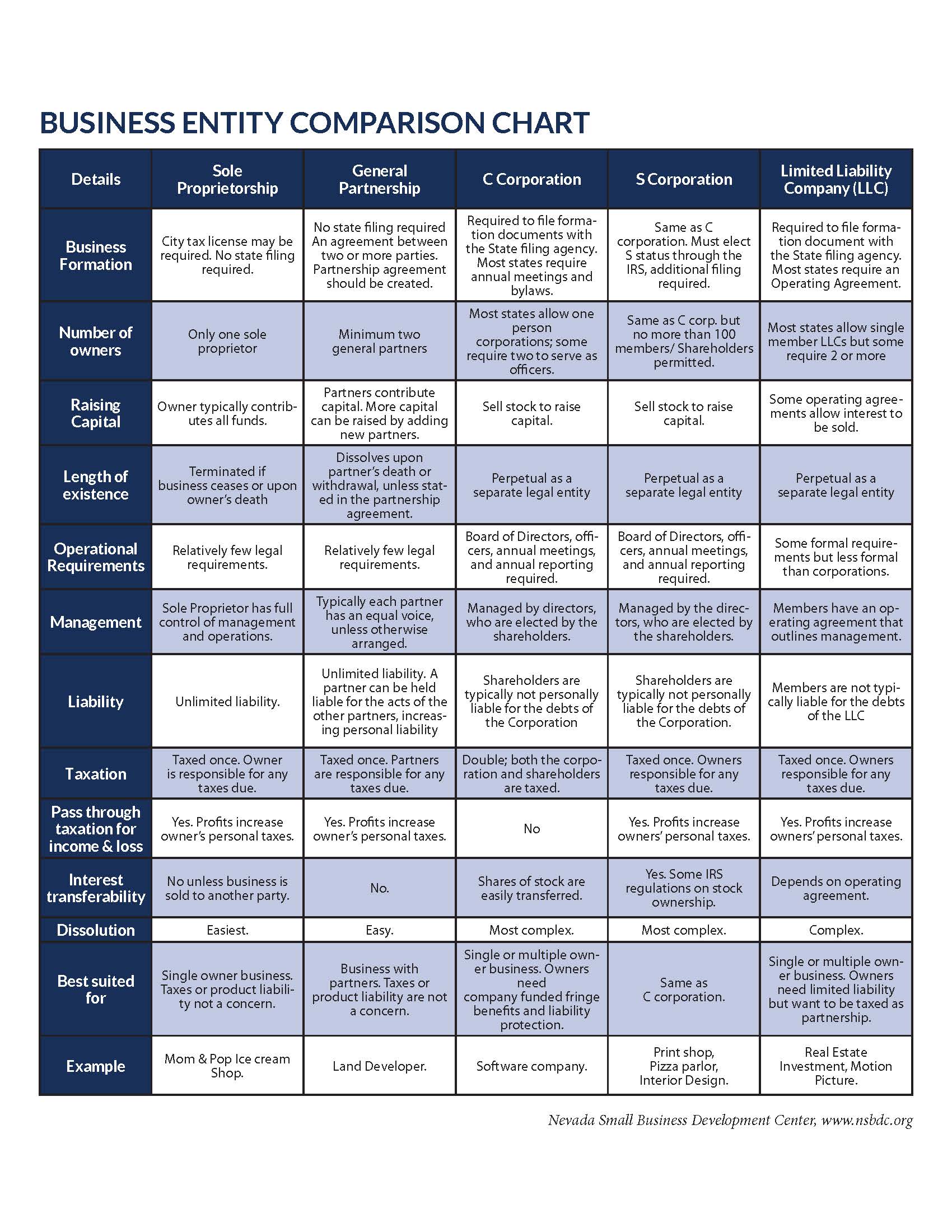

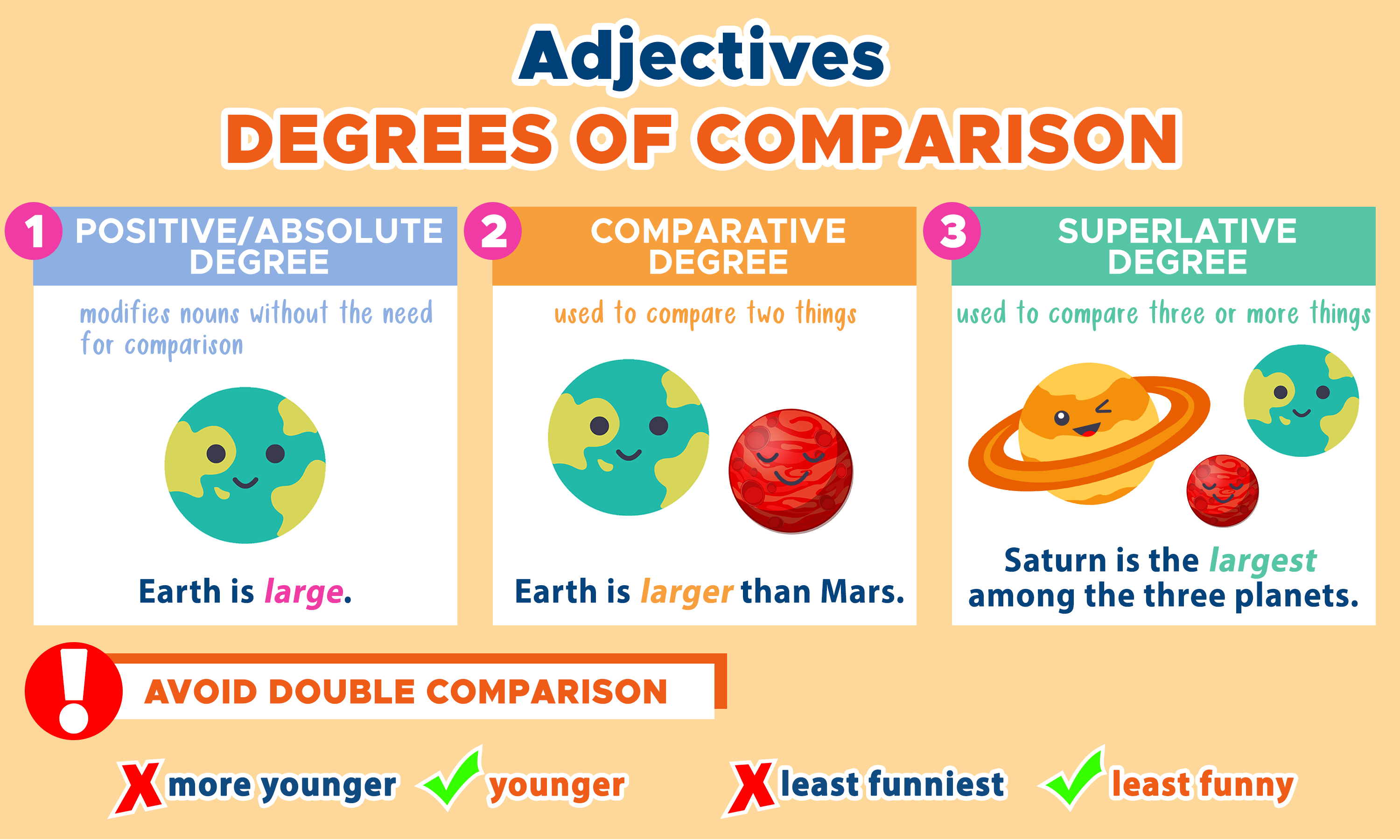



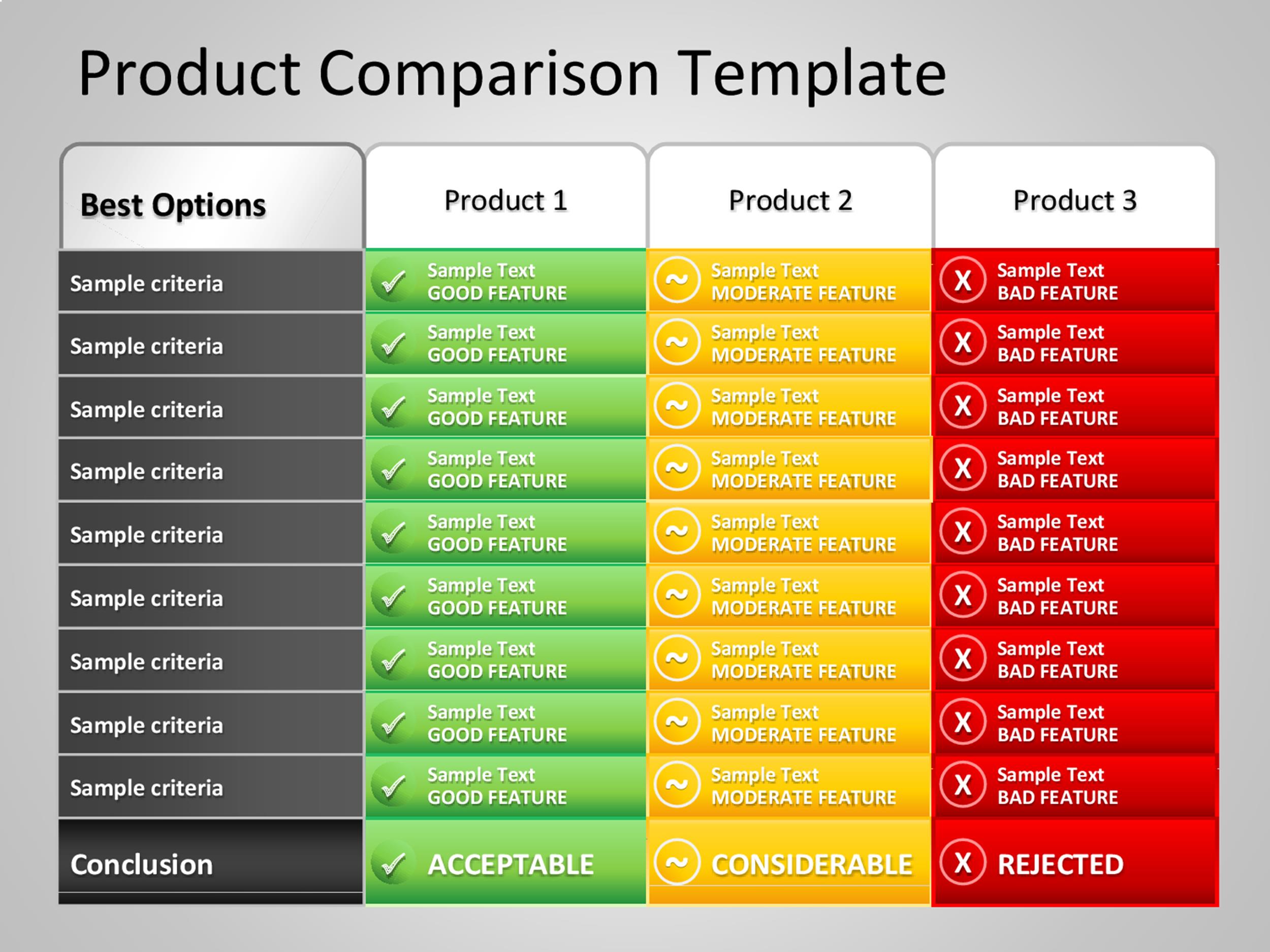
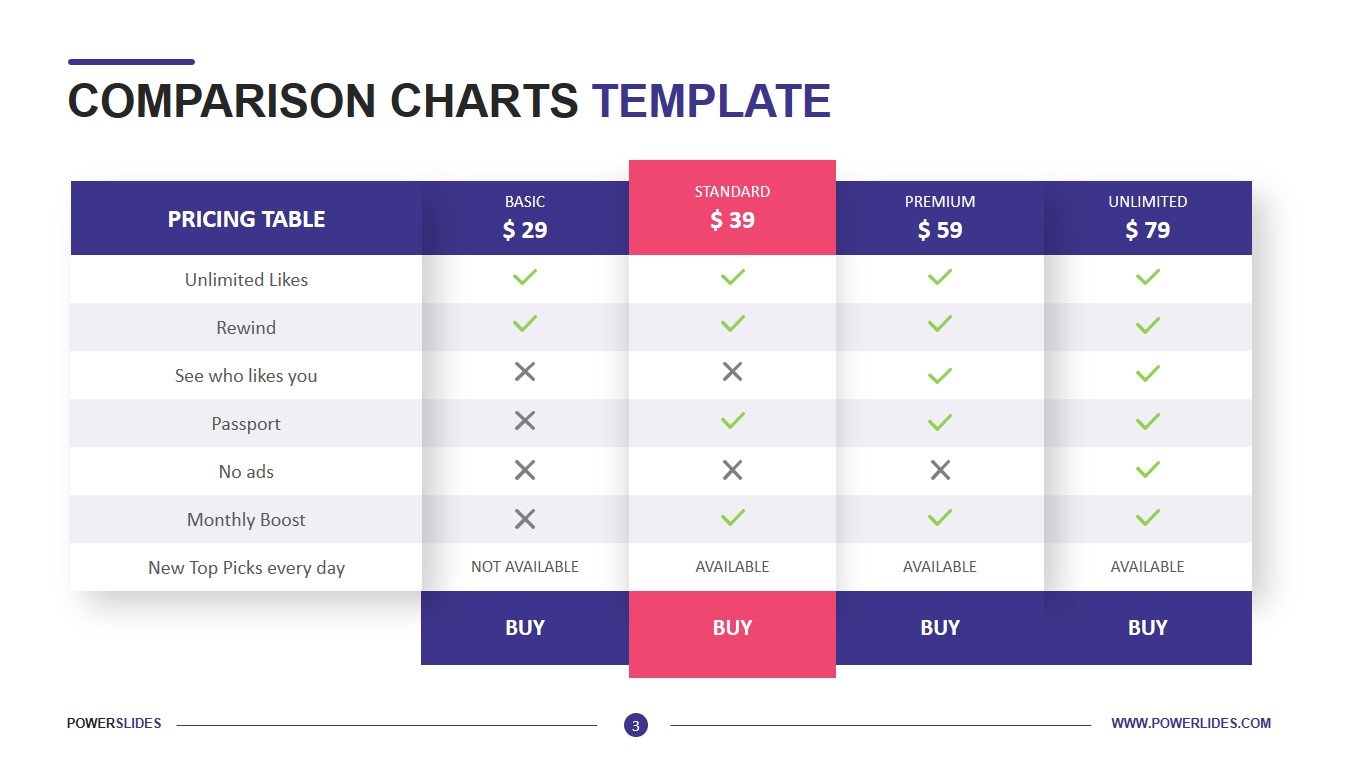





















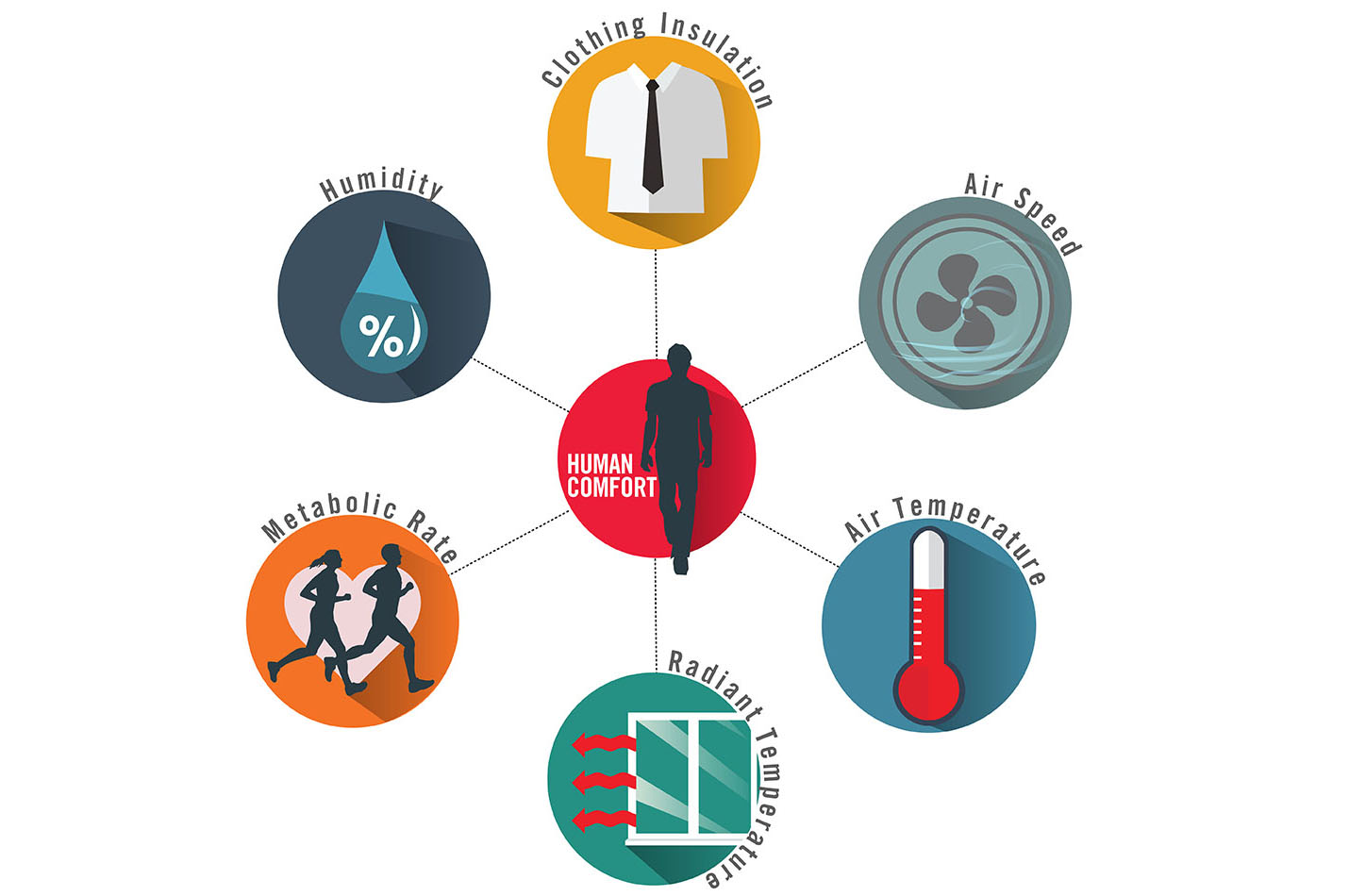















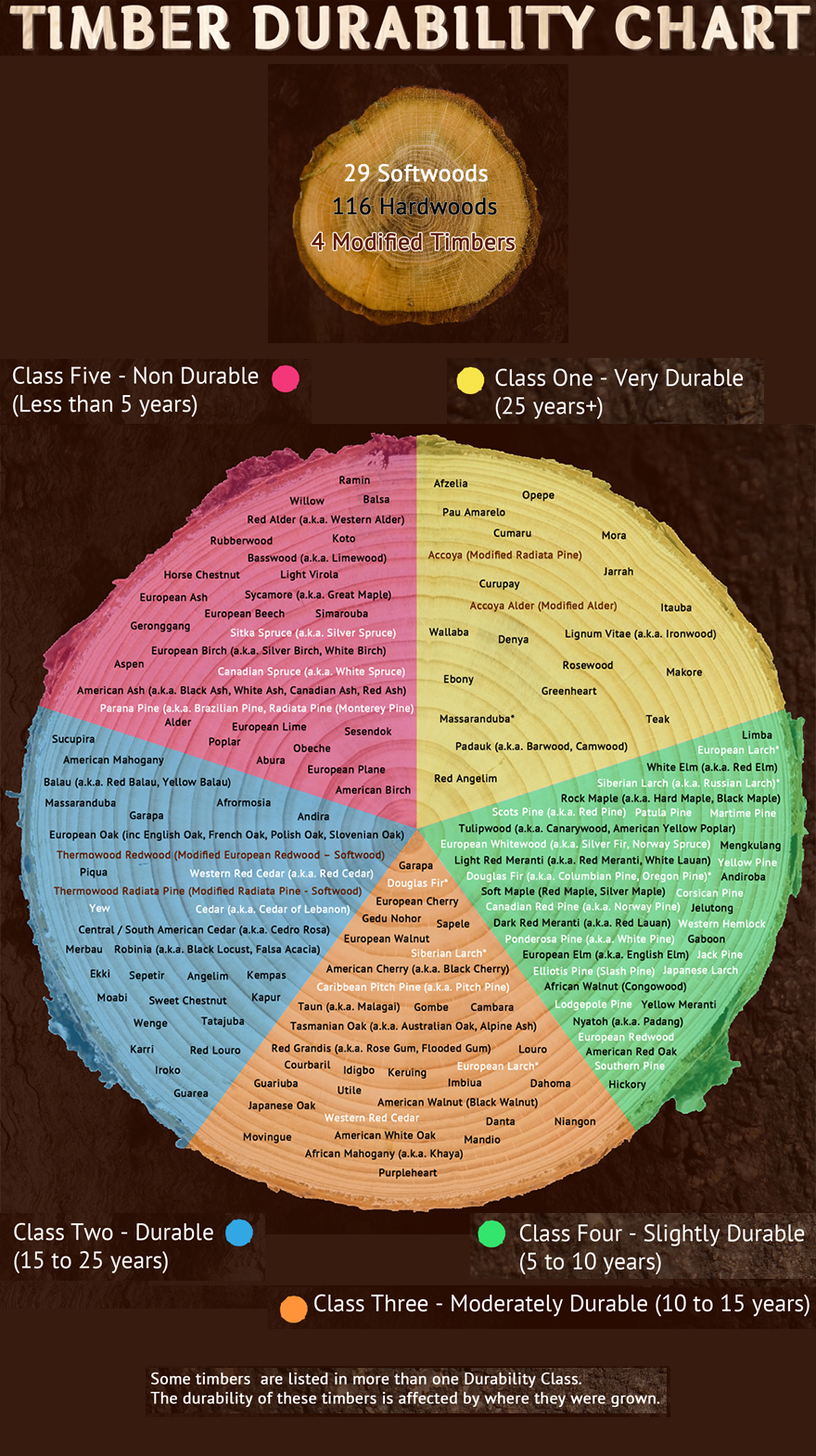









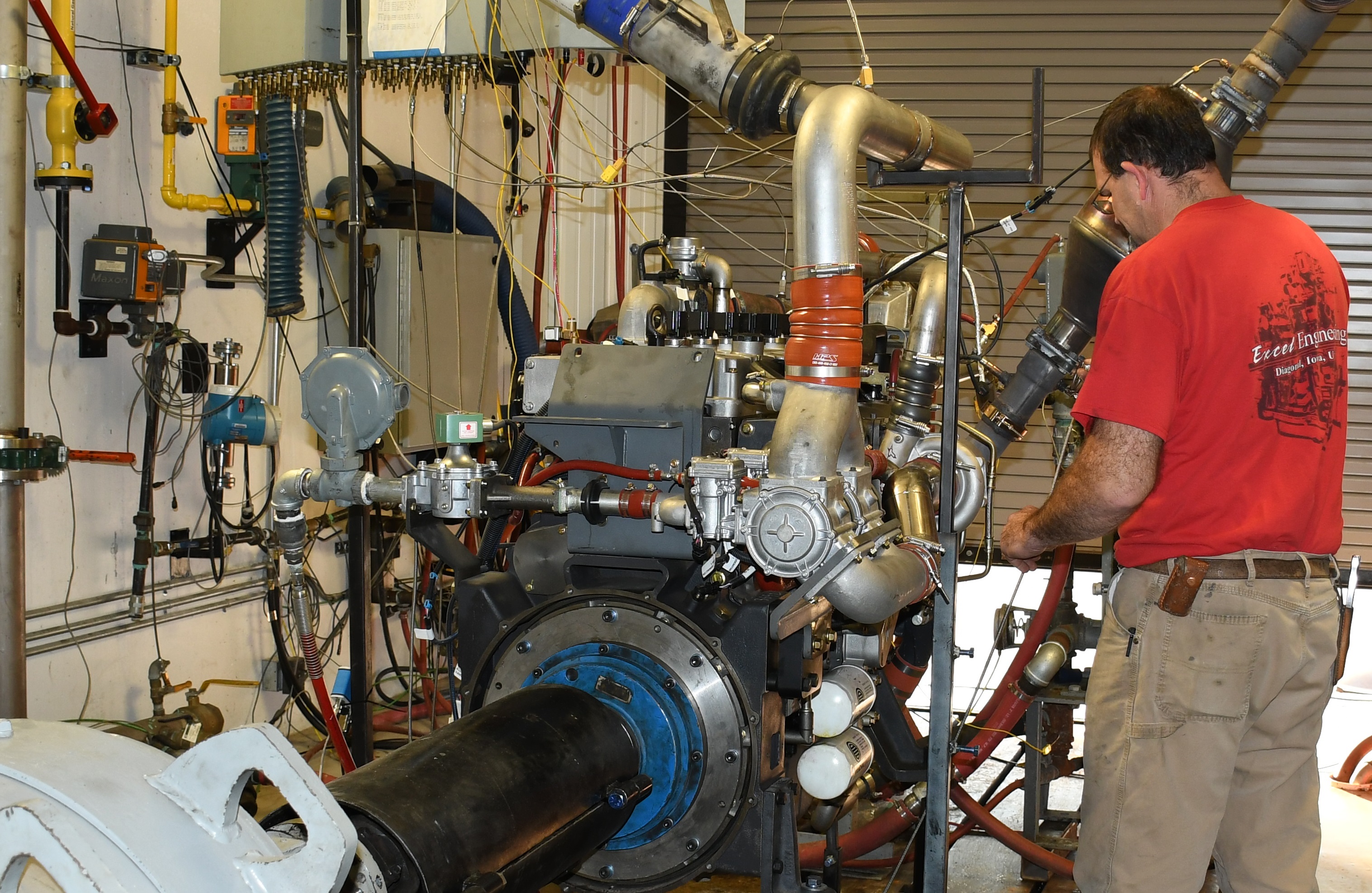

















.jpg)
